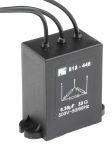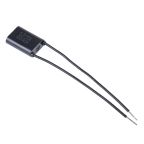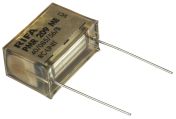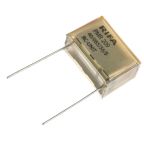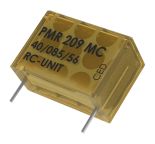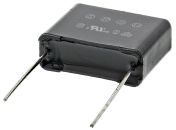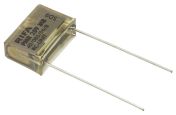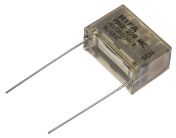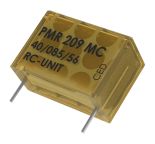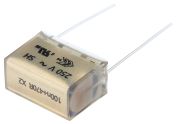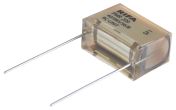RC Network Capacitors
RC (resistor capacitor) network capacitors are types of capacitors (devices which store electrical charge in a circuit) where the insulator is made from metallised paper (a special paper with a metallic layer, usually aluminium).
How do RC network capacitors work and where are they used?
RC network capacitors are made up of two metallic plates with a dielectric material (insulator) in between. When you apply a voltage over the two plates, an electric field is created. Positive charge will collect on one plate and negative charge on the other. The capacitor stores this charge and then releases it.
RC networks are used in electronics and in particular electronic circuits and are suitable for use in DC (direct current) and AC (alternating current) applications. RC network capacitors have a number of essential applications in circuit design, providing flexible filter options, noise reduction, power storage and sensing capabilities.
Features and benefits of RC network capacitors
- Self-healing properties – ensures long life even when subject to frequent over-voltages.
- Metallised paper – ensures stability and reliability, especially in applications with continuous operation.
Related links
- Okaya Electric Industries RC Capacitor XEB
- Okaya Electric Industries RC Capacitor 100nF 120Ω Tolerance ±20% 250V ac 1-way XE
- KEMET RC Capacitor 100nF 100Ω Tolerance ±20% 250 V ac Through Hole, PMZ
- KEMET RC Capacitor 220nF 22Ω Tolerance ±20% 250 V ac Through Hole, PMR209
- Niobium Oxide Capacitors
- KEMET RC Capacitor 220nF 220Ω Tolerance ±20% 250 V ac Through Hole, PMR209
- KEMET RC Capacitor 470nF 47Ω Tolerance ±20% 250 V ac Through Hole, PMR209
- KEMET RC Capacitor 470nF 100Ω Tolerance ±20% 250 V ac Through Hole, PMR209
